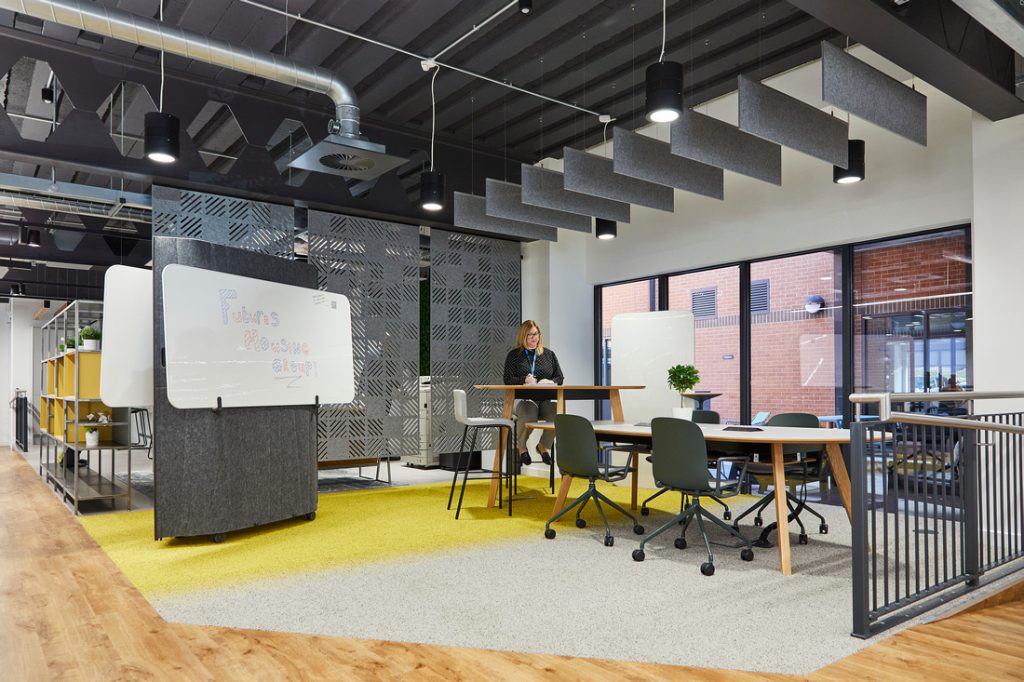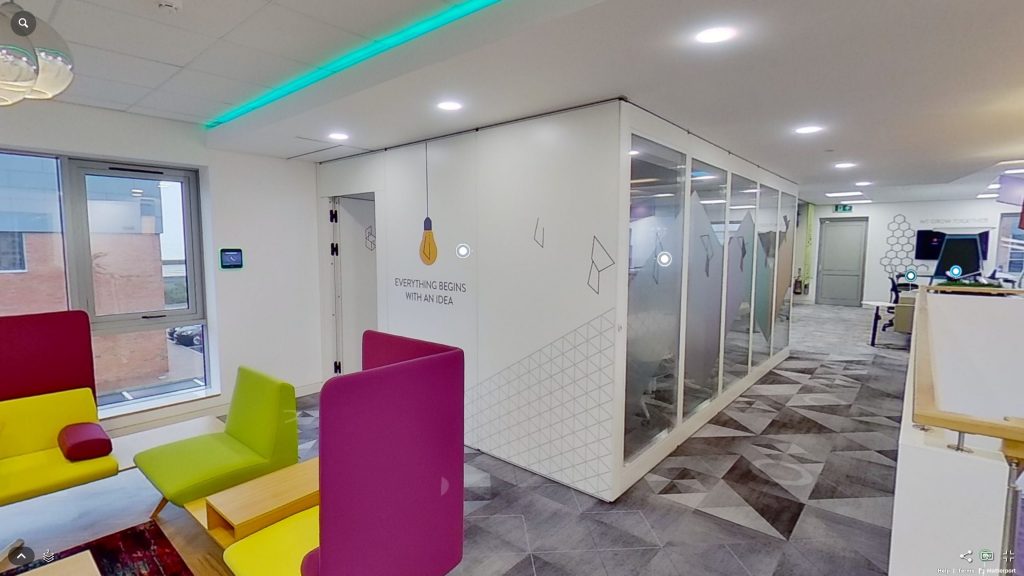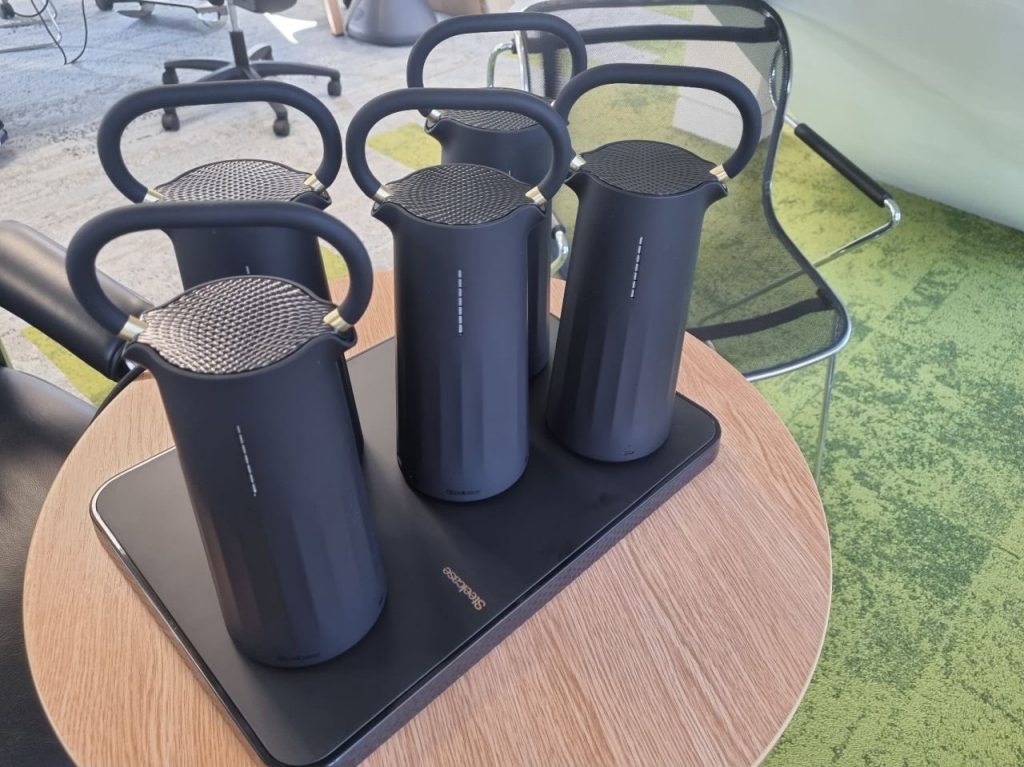22nd Mar 2022
What is Flexible Furniture and Why is it so Popular in Modern Offices?
When it comes to business, nothing is set in stone. Processes, team size, equipment and space requirements and usage are all constantly changing. It therefore stands to reason that understanding the needs of the people using your space first should be the number one priority.
The adaptability of the space is key to being able to put people first, and flexible furniture is just one way to achieve this. With hybrid working, people need to want to come to the office. Companies need to ensure that they are meeting the varying needs of all members of their workforce. This is where flexible furniture comes in.
What is flexible furniture?
Simply put, flexible furniture is any desk, seat, room, area or workstation that can be adapted to fit different working styles/situations.
What is a sofa for one person, is a great workstation for another. A café bench might be perfect for eating your lunch, but it’s also a perfect spot for a face-to-face meeting. This furniture is a great solution for offices that promote agile working styles, as they can help meet the diverse needs of their entire workforce.
Flexible = Scalable
In today’s world, almost all companies will have a percentage of their workforce working remotely on any given day. This, of course, means that there will be some days when there are little-to-no people in the office, and some days when it is packed to the brim. Flexible furniture is a great way to work around this.
Flexible furniture is often scalable, and multipurpose, for example, this draughtsman style table that we installed at Futures can be a perfect meeting point/breakout area with the big open tabletop perfect for brainstorming and mind-mapping. But it also doubles up as a great hybrid workspace, with the option for seated or standing workstyles.

Flexible = Reusable
By its very nature, flexible furniture is not designed with one task, use, or solution in mind. Instead, it is to be used however your people see fit. This is perfect for those looking for a more sustainable approach to their office design. When a piece of flexible furniture is no longer needed for a specific task, it can be re-configured to fulfil another.
This is also the case for office moves, as furniture can be adapted to fit an entirely new space, rather than thrown into the landfill. (Did you know that around 1.2 million office desks and 1.8 million office chairs end up in UK landfills each year?)
Flexible = Adaptable
Flexible furniture and design can also quickly adapt to serve different purposes when needed. For example, when we invite clients in for interactive design workshops, our boardroom walls fold away to create more open space for people to walk around, converse and share ideas.
But when we need to have conference meetings or confidential conversations, we can easily fold the walls out again. This way, our space is ready to respond to tasks as and when they happen. That’s the beauty of a flexible office!

Flexible = Connected
Hybrid working is here to stay. With that in mind, flexible office design can help to create interactions that bring people together, even when they are working from (potentially) different corners of the world. Connected screens can be perfect for impromptu meetings and important pitches, and can bring remote employees seamlessly into in-office meetings.
What’s more, tech can help to make your flexible furniture even more accessible. For example, in our WorkLife Central HQ, we have these Steelcase Flex mobile power packs that allow our people to work from wherever they see fit, without worrying about having to recharge!

Ready to embrace flexibility?
Our design team are happy to talk through your current space and devise ways to improve it. Just fill out the form at the bottom of the page to arrange a call with one of our team.